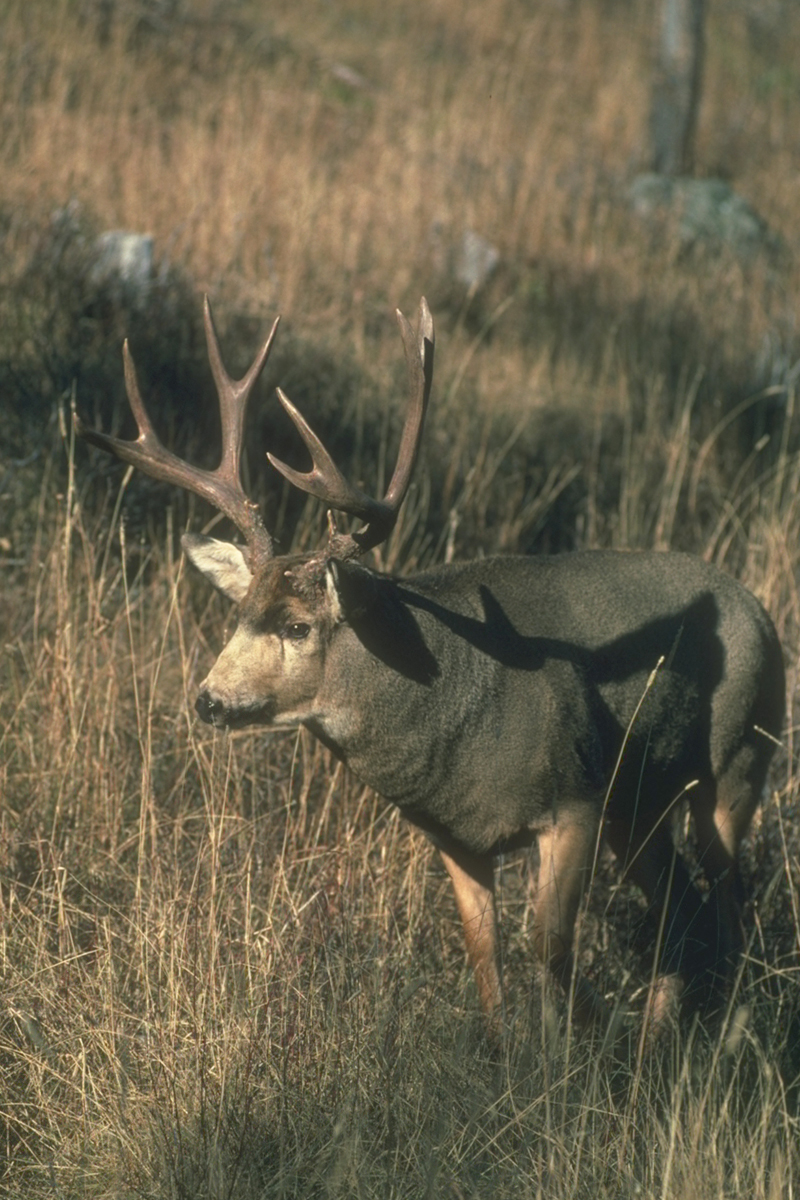Mule Deer In Southwest Nebraska Receive Monitoring Devices
A crew of about 15 people consisting of graduate students, faculty and collaborators from the School of Natural Resources at the University of Nebraska-Lincoln (UNL), along with Nebraska Game and Parks Commission staff, equipped the deer with monitoring devices after a helicopter capture crew caught them in two study areas last week. The crew set up mobile staging stations in Hayes, Frontier, Red Willow and Furnas Counties.
 The GPS devices will allow for remote monitoring via satellite and provide valuable data on movements and habitat use while still allowing researchers to locate the deer on the ground to investigate possible mortalities and other important events.
The GPS devices will allow for remote monitoring via satellite and provide valuable data on movements and habitat use while still allowing researchers to locate the deer on the ground to investigate possible mortalities and other important events.
This study is being conducted by UNL graduate student Katie Allen and her advisor Dr. John Benson. Data from this study will help determine survival rates and mortality factors, habitat use, home range size and movements of adult female and fawn mule deer in southwest Nebraska. Another goal of the study is to understand why mule deer population density changes so abruptly in the study area. This data will aid the Commission in the management of mule deer in the state.
Once captured, the mule deer does quickly underwent DNA sampling, blood draws, weighing and other measurements; an ultrasound was used to determine body condition and whether the does were pregnant. The does will be closely monitored this spring and early summer so newborn fawns can be captured and collared within hours after they are born.
“Ultimately, we hope to understand the factors limiting mule deer in the state and why their populations are doing so well in some areas, but appear to be declining in others. Thus, the somewhat subtle landscape changes across our study area, combined with more pronounced variation in mule deer density provides an effective study area for these questions. On a finer scale, the GPS telemetry data will allow us to investigate behavioral trade-offs by individual deer as they balance mortality risks and forage opportunities across the Nebraska landscape,” said Allen.
Lance Hastings, southwest district manager-wildlife division with the Commission said the capture project and other research could not happen without the support of landowners who provide access for the captures and monitoring.
Data analysis from the project will be reviewed with findings from the study slated to be complete by Dec. 31, 2020.

